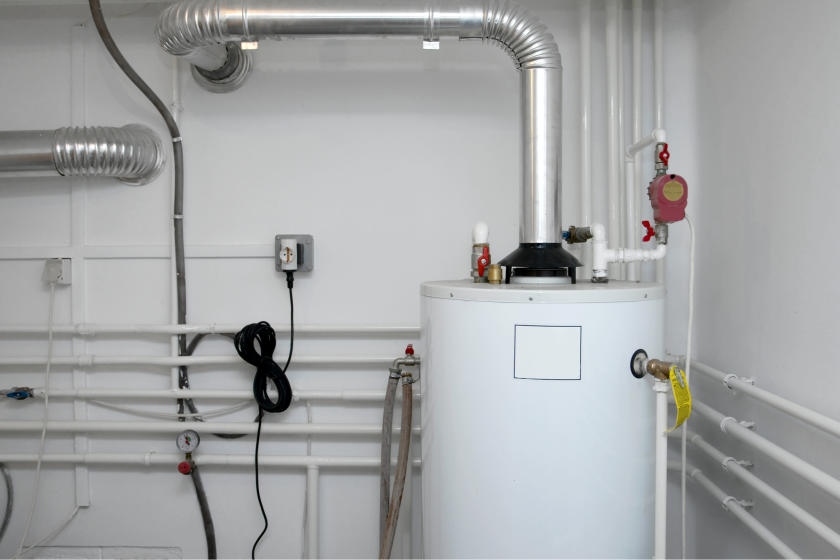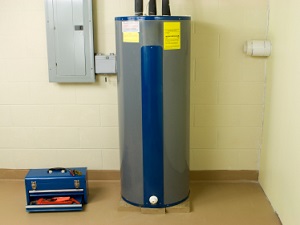Are you currently trying to locate advice around What Kind of Maintenance Do Water Heaters Need??

Warm water is necessary for daily convenience, whether it's for a revitalizing shower or cleaning meals. To guarantee your hot water system runs effectively and lasts longer, routine upkeep is crucial. This post offers functional ideas and understandings on exactly how to keep your home's warm water system to avoid disruptions and costly repairs.
Intro
Keeping your home's warm water system could appear complicated, yet with a couple of basic actions, you can guarantee it operates smoothly for years to come. This guide covers everything from comprehending your hot water system to do it yourself upkeep suggestions and understanding when to call in specialist aid.
Significance of Maintaining Your Warm Water System
Normal upkeep not only extends the life expectancy of your hot water system but additionally guarantees it runs effectively. Ignoring upkeep can bring about reduced effectiveness, higher energy costs, and also premature failure of the system.
Indicators Your Hot Water System Demands Upkeep
Understanding when your hot water system requires focus can avoid major concerns. Watch out for indications such as inconsistent water temperature level, odd noises from the heating system, or corroded water.
Comprehending Your Warm Water System
Before diving into upkeep tasks, it's helpful to comprehend the basic parts of your hot water system. Typically, this consists of the water heater itself, pipes, anode poles, and temperature controls.
Month-to-month Maintenance Tasks
Regular regular monthly checks can aid catch small problems before they escalate.
Purging the Water Heater
Purging your hot water heater removes debris buildup, boosting effectiveness and lengthening its life.
Checking and Changing Anode Rods
Anode rods prevent rust inside the tank. Checking and changing them when worn is critical.
Checking and Readjusting Temperature Setups
Adjusting the temperature level setups guarantees optimum performance and safety and security.
DIY Tips for Upkeep
You can perform a number of upkeep tasks on your own to keep your hot water system in leading condition.
Looking for Leakages
Regularly check pipelines and links for leakages, as these can lead to water damages and higher expenses.
Testing Pressure Alleviation Valves
Testing the pressure relief valve guarantees it operates correctly and stops excessive stress build-up.
Insulating Pipelines
Shielding hot water pipes minimizes warmth loss and can save energy.
When to Call a Specialist
While do it yourself maintenance is useful, some problems call for professional knowledge.
Complex Problems Requiring Expert Aid
Instances include significant leakages, electric troubles, or if your water heater is regularly underperforming.
Regular Specialist Upkeep Benefits
Specialist maintenance can include extensive assessments, tune-ups, and making certain conformity with safety criteria.
Verdict
Regular maintenance of your home's hot water system is important for effectiveness, durability, and expense financial savings. By adhering to these pointers and knowing when to seek professional help, you can ensure a dependable supply of hot water without unforeseen interruptions.
Water Heater Maintenance Tips
Test the TPR Valve
Shut off the power and the cold-water supply valve. Place a bucket under the pipe connected to the temperature-pressure-release (TPR) valve on the top or side of the tank. (This valve opens if the tank pressure gets too high.) Lift the valve’s tab to let some water out, then let go. If water keeps flowing, drain the tank partway, unscrew the old valve with a pipe wrench, and install a new one. Check the Anode Rod
Put a hose to the tank’s drain cock and let out a few gallons of water. Now fit a 1 1/16-inch socket onto the rod’s hex head on top of the heater (or under its top plate) and unscrew the rod. If it’s less than ½ inch thick or coated with calcium, buy a new one, wrap its threads with Teflon tape, put it back in the tank, and tighten securely. Use this segmented rod if headroom above the tank is limited. Drain the Tank and Wash Out Sediment
Drain the remaining water in the tank into the bucket, then stir up the sediment on the tank’s bottom by briefly opening the cold-water supply valve. Drain and repeat until clean water comes out of the hose. Close the drain cock, refill the tank, and turn its power back on. Adjust the Temperature
Find the temperature dial on the side of the tank and unscrew its cover. Adjust the dial to 120 degrees using a flathead screwdriver. For every 10 degrees the temperature is lowered, you can expect to save up to 5 percent in energy costs. Turn the water heater off or the thermostat down to its lowest setting if you plan to be away from home for more than three days. Insulate the Pipes
Buy some self-sticking 3/8-inch-thick foam pipe insulation that matches the pipes’ diameter. Slide the foam over the hot-and cold-water pipes as far as you can reach. Insulating the cold-water pipe prevents condensation in summer. Peel the tape and squeeze the insulation closed. If the pipe is 6 inches or less from the flue, cover it with 1-inch-thick unfaced fiberglass pipe wrap. https://www.thisoldhouse.com/plumbing/21016402/how-to-maintain-a-water-heater

I hope you liked our excerpt on Tips on Maintaining a Water Heater. Thanks so much for taking a few minutes to browse our blog post. Those who enjoyed our blog posting plz be sure to share it. We recognize the value of reading our article about Water Heater Maintenance Tips You Can't Afford to Forget.
Explore